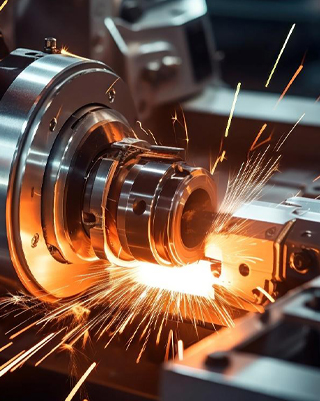To check for internal leakage in a hydraulic piston pump, you can follow several standard diagnostic procedures. Internal leakage occurs when fluid bypasses the internal seals or clearances instead of being directed to the output, resulting in reduced efficiency and performance.
🔧 Methods to Check Internal Leakage:
1. Temperature Check
What to do: Use an infrared thermometer or thermal camera to compare the temperature of the pump case and outlet line.
What it shows: Internal leakage generates heat. If the case is abnormally hot compared to the outlet, it suggests excessive internal leakage.
2. Case Drain Flow Test
What to do:
Connect a flow meter or a measuring container to the case drain line.
Run the pump at normal operating pressure.
Normal range: Case drain flow is usually <5% of the pump’s rated flow.
What it shows: If the case drain flow is excessive, the pump’s internal components (like pistons or valve plates) are leaking.
3. Pressure Drop Test (Across Pump)
What to do: Monitor the inlet and outlet pressures using accurate pressure gauges.
What it shows: A significant pressure drop when the pump is supposed to maintain pressure (e.g., under no load) indicates internal bypassing.
4. Cylinder Stall Test (for systems with actuators)
What to do: Run the pump while intentionally stalling a cylinder or motor (fully extend it).
Monitor: If the pump can't maintain system pressure or loads continuously, it could mean internal leakage.
5. Visual Inspection (if disassembly is possible)
Look for:
Scored pistons
Worn valve plate
Damaged or hardened seals
Worn cylinder barrel or slipper shoes
This is useful for confirming a suspected leak found by other methods.
6. Flow Meter Test (Comprehensive)
Best done on a hydraulic test bench.
Measure:
Pump input flow
Actual output flow
Case drain flow
Internal leakage = Input flow - (Output flow + Case drain flow)
At ETS Arabia, we specialize in delivering industry-leading Hydraulic Piston Pumps in Dammam Saudi Arabia. With deep expertise in internal leaking area , our team ensures full compliance with international safety standards while maximizing operational efficiency.


